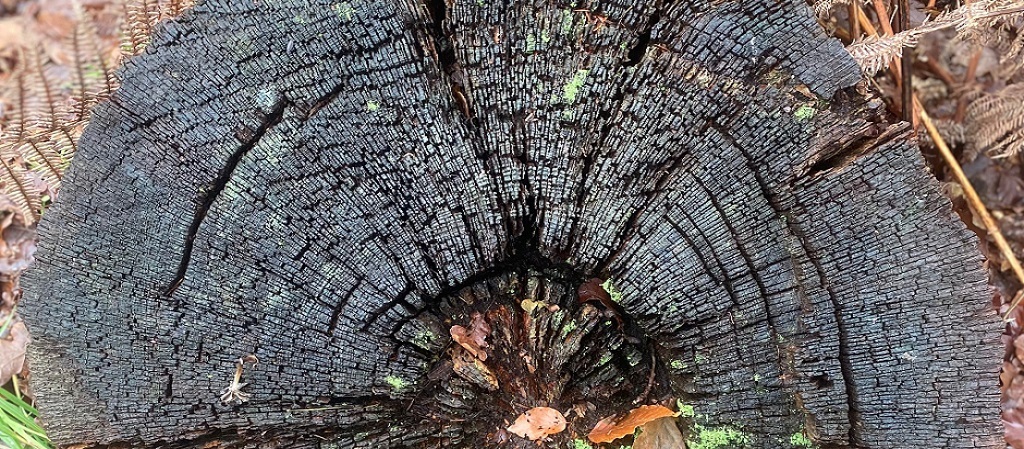
The relation between animals and trees
In our forest in France, native tree species such as oak and beech trees are carefully planted. The main goal remains to remove as much CO2 from the atmosphere as possible but this is not the only thing our actions lead to. Besides CO2 reduction, it also leads to the creation of a total ecosystem. As a result, our mission not only contributes to human well-being but also provides a habitat for various animals and insects!
A beech, for example, can support around 100 insect species, while an oak offers a home to as many as 450 different insects. Countless animals benefit from the trees we plant, such as squirrels that feed on acorns or beech nuts, and birds that build their nests in them. In addition, larger mammals, such as deer and boar, can live undisturbed in our forest. This year, besides ratchet poplars, we are also planting native shrubs, including the elder. These bushes grow berries that are interesting for red deer. They eat the buds, leaves, twigs, bark, flowers as well as the fruits.
Animals, such as squirrels and birds, play an important role in spreading nuts to other areas, keeping our forest growing naturally. The smallest tree cavities are occupied by insects. Under pieces of loose bark are a range of insects and other invertebrates such as snails, woodlice and spiders. Small cavities are often suitable as nest cavities for small birds such as tits and nuthatches. On the other hand, insects clean up trees when it has died. You now understand why the relationship between animals and trees is very important for a forest and turnes it into a magical place.
To ensure that the trees have enough time to mature and provide a stable habitat for animals and insects, The Green Core guarantees that these trees will exist for at least 60 years.
Do you want to contribute to the creation of a beautiful forest, not only for us, but also for the animals that depend on it? Then become a donor or volunteer at The Green Core!
Thank you for reading this article.